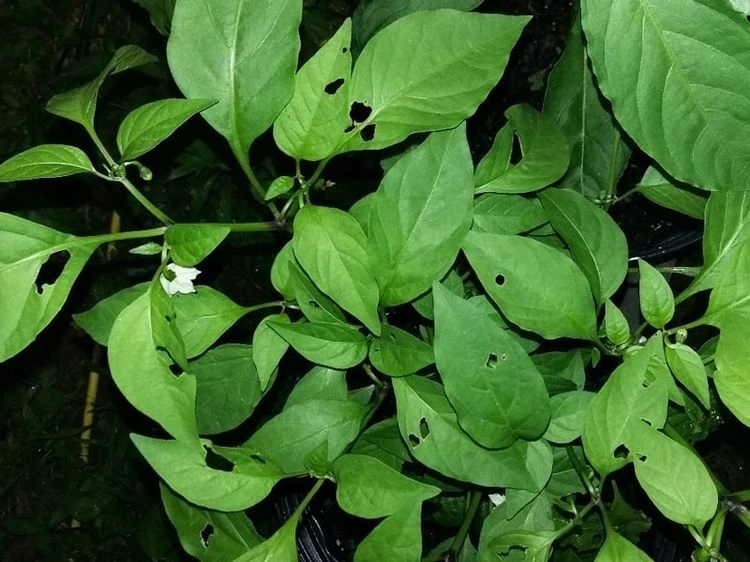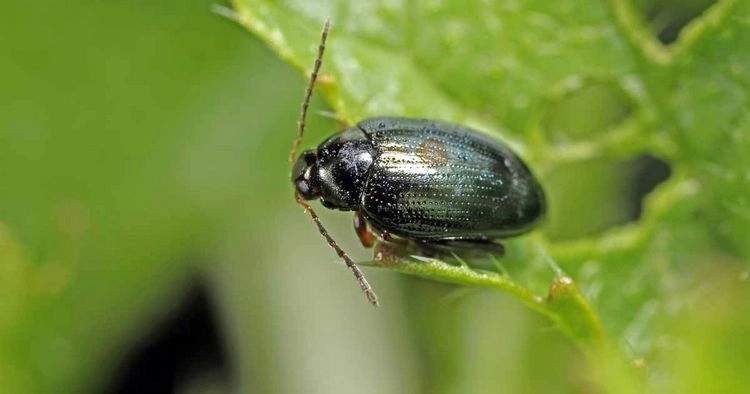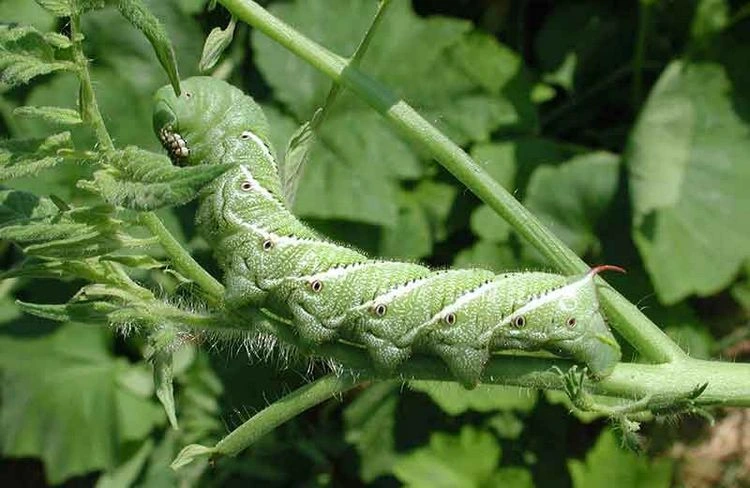There is nothing better than freshly picked peppers from the garden. When you then wake up to find that bugs have been gnawing on your pepper plants during the night, it can be very frustrating. You’ve been working hard in the garden all day, but when you examine the peppers and pepper leaves the next morning, you notice bite marks. What exactly keeps your peppers company at night? Your pepper leaves are eaten: Find out here who is to blame!
Why pests eat holes in the leaves of pepper plants and what you can do about it
There are several pests that like to eat and dig holes in pepper plants. There are certain insects that feed on young plants. Some pests like to eat the peppers or drink the sap of the plants, while others prefer to consume the leaves. Before deciding on a pepper plant pest control method, it is important to determine what type of bugs are causing the holes in the plants.
Helpful tip: Determining the source of a pest problem is not always easy. The leaves of the plant should be sprayed with neem oil. This will deter most pests that might attack your pepper plants.
Pepper leaves are eaten – pests to blame

There are several pests that can be responsible for this situation. One of the easiest ways to find out who might be feeding on your plants while you’re away is to go into the garden after dark and make observations. Examine the undersides of the leaves and the fruit you have grown by digging in the soil. It’s possible you’ll find the bug you’re looking for!
Snails and slugs

Snails and slugs are a common concern because they can cause a lot of damage in a single night. In fact, most people immediately think of pests when they think of them. When it comes to new seedlings and leaves that are still delicate, slugs can do a lot of damage. Snails and slugs are likely to blame if you find your peppers have been eaten overnight.
Snails and slugs usually leave behind leaves or fruit that have large, ragged holes in them. There’s also a chance you’ll find slime trails all over the garden. If snails are a problem in your garden, there are several methods to get rid of them. You can set up a beer trap by burying a mug or can and then filling it with beer, which will act as bait for the animals. Snails and slugs are attracted to the yeast in the beer and crawl inside.
Copper tape, which acts as a deterrent to slugs, is also available at many garden centers. You can wrap this ribbon around your pepper plants growing in pots or raised beds. Those of you who have fertilized your plants with used coffee grounds might stumble upon something here. Slugs can be deterred from an area by the use of coffee grounds, particularly due to the caffeine content.
Ultimately, you should drain your garden and remove the snails by hand. While this is very time consuming, it undoubtedly has the desired effect of reducing the population. To keep snails under control in your garden, it is important to ensure adequate air circulation around your plants. Remove the lower leaves, reduce the amount of mulch and provide adequate drainage.
flea beetle (earth fleas)

Flea beetles are just one type of common insect that likes to nibble at the leaves of pepper plants and cause damage. They are very small and metallic in appearance, they can be grey, black, bronze or brown.
These insects prefer young plants that are not yet mature or are just beginning to mature. Irregular holes in the leaves of the pepper plant are one of the telltale signs of a flea beetle infestation. Flea beetles are the only insects that can use these openings. Occasionally they hide among the flowers of the host plant. They tend to forage in large groups and will drop to the ground if disturbed.
Despite their size, flea beetles are difficult to control. You can use citrus, garlic or neem oil.
Pepper leaves are eaten by cutworms

These worms can reach a length of up to 5 cm, spend the day underground and come out at night to feed. They feed on pepper seedlings, eating the leaves and can bring down an entire plant by chewing through the stem.
Recognize and fight green caterpillars

This pest is the most destructive species of caterpillars to eat up your pepper plants. The green caterpillars often grow up to 10 centimeters long and can be as thick as a finger. They are pale green, with spots and stripes down the sides. The green caterpillars are so efficient that they can remove all the leaves on a plant in a single night, but they will also eat the stem and fruit. The pests can be removed from the plant by hand with little effort.